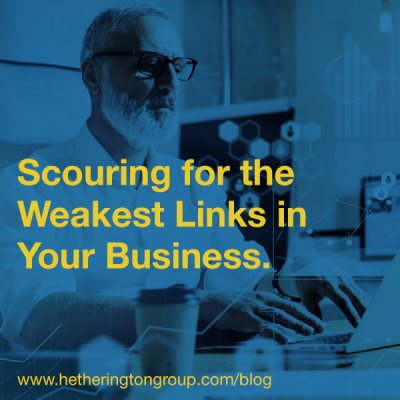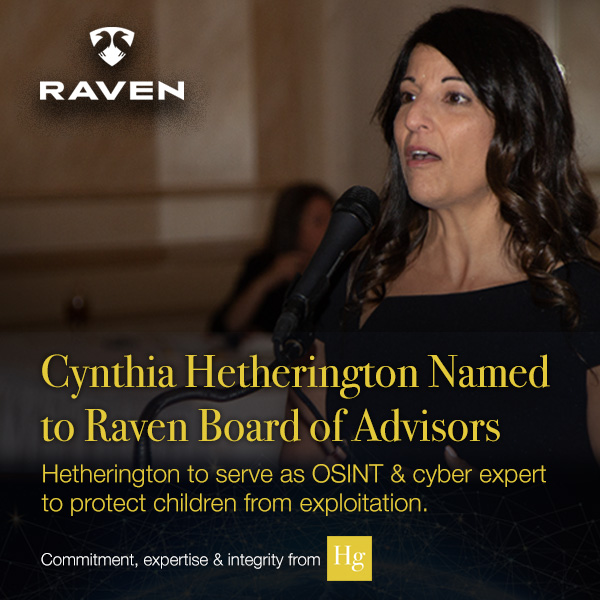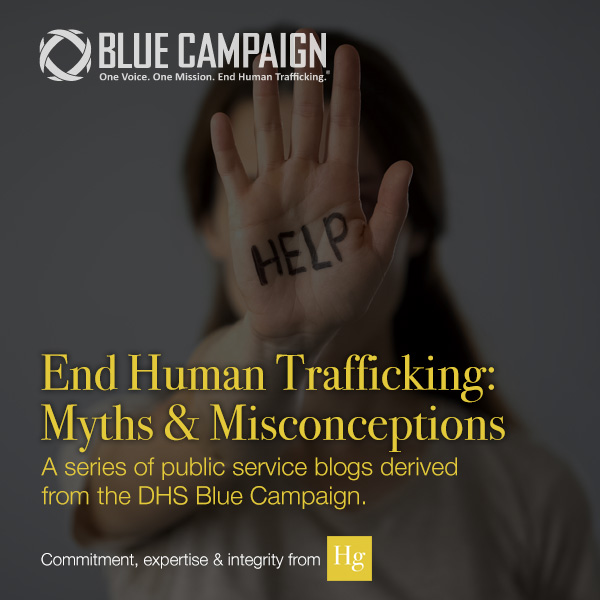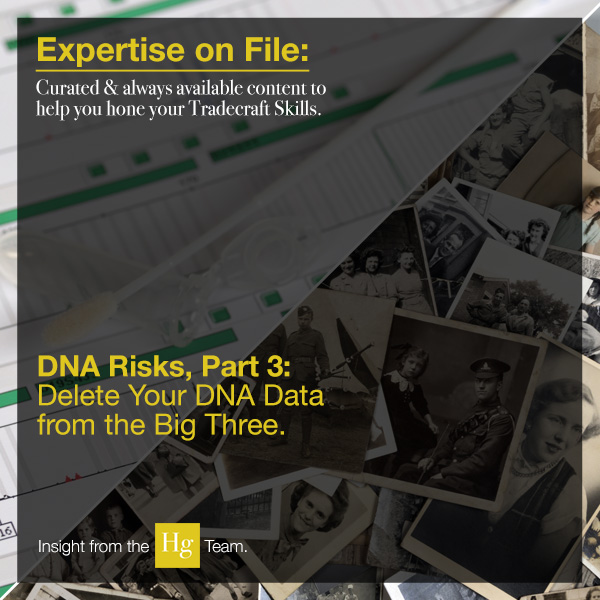 Business investigations on mergers and acquisitions, competitive intelligence, vendor and supplier evaluations, and data mining research all require analysis. In this four-part blog series, we discuss four methods of analysis—SWOT, CARA, Supply Chain, and Value Chain—and conclude with how an investigator gathers data from these methods in order to produce a comprehensive due diligence analysis.
Business investigations on mergers and acquisitions, competitive intelligence, vendor and supplier evaluations, and data mining research all require analysis. In this four-part blog series, we discuss four methods of analysis—SWOT, CARA, Supply Chain, and Value Chain—and conclude with how an investigator gathers data from these methods in order to produce a comprehensive due diligence analysis.
A valuable investigation is not a matter of merely collecting information and making claims. Investigators may be good at finding details, but if they lack the critical thinking skills required to synthesize their findings, analyze the interlocking data, and document their results in a logical report, the client can be left with more questions than answers.
The method of analysis depends on the type of case being conducted and a client’s needs. This week, Hg tackles Supply Chain Analysis.
Supply Chain Analysis
A supply chain is a system of organizations, people, activities, information, and resources involved in moving a product or service from supplier to customer.
Supply chain analysis looks at seven components: Inbound and outbound logistics, operations, support teams, human resources, infrastructure, and technology. This type of analysis will indicate a company’s strengths and weaknesses within its supply chain by locating information for each of these areas and defining the respective roles within the company. Used properly, supply chain analysis can also indicate where there are opportunities to enhance production or services.
Adapting supply chain analysis to a due diligence business investigation will help assess who is providing assets to the company, whether financially or as a vendor. It can also be instrumental in security assessments and business-continuity planning.
Returning to our Orange Grove Case study, the following supply chain analysis can guide the potential investor with information needed to make a sound business decision.
Inbound Logistics: Warehousing & Internal Handling of Products
How are the oranges grown, picked, handled, and stored? Which vendors are used to service pesticide equipment? Has the U.S. FDA levied any fines against the company? What, if any, remediation was required?
Outbound logistics: Distribution
How are the oranges shipped? Are they packaged and shipped by the company? Does the company use an outside contractor as part of the fulfillment procedure, such as transporting the products to distribution centers, stores, or some other final location? Is there a shipping department and does it track shipments?
Operations: Product Development and Manufacturing
Does the company produce orange juice or merely sell oranges to another manufacturer? Does the company sell oranges to retail? If so, what containers are used and where are they manufactured?
Support teams: Research & Development, Manufacturing-Related Groups, & Unions
Florida’s citrus crops are harvested primarily by “guest workers” carrying an H-2A visa, so it would be important to understand the product workforce at the orange grove. Has the company followed all immigration rules and regulations? What is the cost of mandated free housing and transportation?
For other cases, product workforce could include research and development in one country, and union workers in another. Software companies might have its research and development labs located in Tel Aviv, its customer support in India, and its product packaged and shipped from China. It’s important to determine where employees are located, as it will help determine which regional laws/rules apply.
Human Resources: Assistance for Support Teams & Management
This is management analysis: Its sole purpose is to ensure staff are provided with the tools and resources to conduct the work, the proper environment in which to work, and the adequate leadership for company guidance. Analyzing management will help discern if management is able to create a productive environment and produce a consistent product.
Infrastructure: Location, Security, & Risk Management
Since the orange grove is located in Florida, potential inclement weather conditions require an analysis of infrastructure. What type of hurricane fortifications have been installed? What happens if a hurricane destroys the building where the oranges are stored? Are contingency plans in place to get the business up and running? Are compliance and security policies in place? Are employees aware of these procedures? Is the company ISO-compliant? If so, what are the emergency plans filed with oversight agencies?
Technology: Tracking Products, Customer Intelligence, & Market Basket Analysis
Customer relationship management (CRM) tools are standard for companies selling products. CRM allows purchasers access to their accounts to purchase more supplies, manage shipments, and analyze usage. Does the company have a robust CRM set up for retail suppliers, juice manufacturers, etc?
Supply chain analysis looks to find the weakest link in a supply chain. The analysis first establishes whether all links are substantial, offer redundancy, or have solid contingency plans. It then identifies the weakest link and further posits a worst-case scenario based on the link’s failure. Tying all seven pieces together on a company investigation can demonstrate weaknesses that otherwise would not be apparent in the traditional who-what-where type of investigative report.
If you’re an investor and would like to talk with us about our Financial Sector Enhanced Services Suite, please contact our office for a free consultation. We offer enhanced due diligence, business intelligence, investment asset investigations, enhanced background checks, and enhanced interviews and profiles by our veteran investigators with over 40 years of combined experience and expertise.
If you’re an investigator and would like more case studies, check out The Guide to Online Due Diligence Investigations: The Professional Approach on How to Use Traditional and Social Media Resources for Investigations, or register for one of our webinars.
 Cynthia Hetherington, MLS, MSM, CFE, CII is the founder and president of Hetherington Group, a consulting, publishing, and training firm that leads in due diligence, corporate intelligence, and cyber investigations by keeping pace with the latest security threats and assessments. She has authored three books on how to conduct investigations, is the publisher of the newsletter, Data2know: Internet and Online Intelligence, and annually trains thousands of investigators, security professionals, attorneys, accountants, auditors, military intelligence professionals, and federal, state, and local agencies on best practices in the public and private sectors.
Cynthia Hetherington, MLS, MSM, CFE, CII is the founder and president of Hetherington Group, a consulting, publishing, and training firm that leads in due diligence, corporate intelligence, and cyber investigations by keeping pace with the latest security threats and assessments. She has authored three books on how to conduct investigations, is the publisher of the newsletter, Data2know: Internet and Online Intelligence, and annually trains thousands of investigators, security professionals, attorneys, accountants, auditors, military intelligence professionals, and federal, state, and local agencies on best practices in the public and private sectors.



